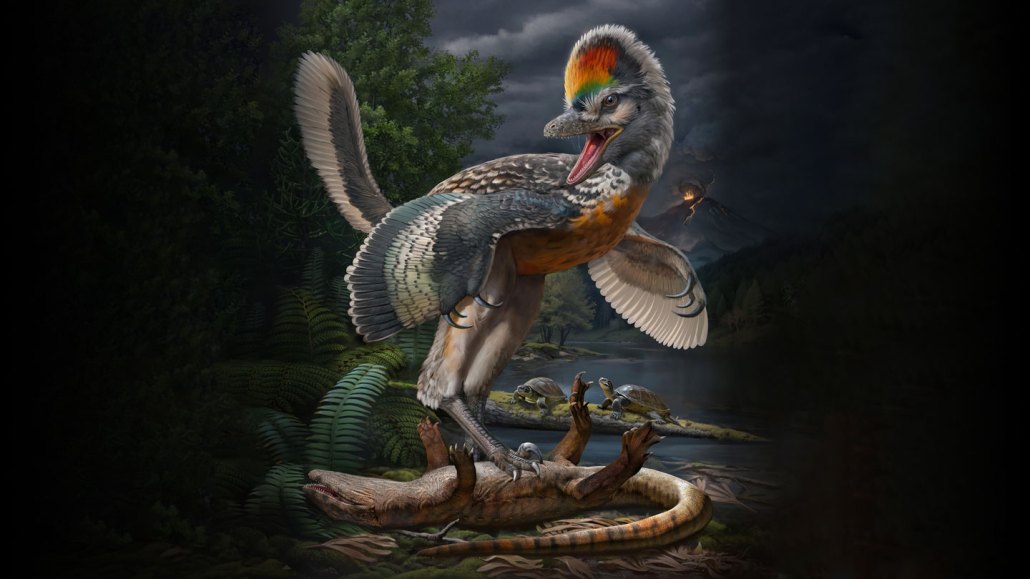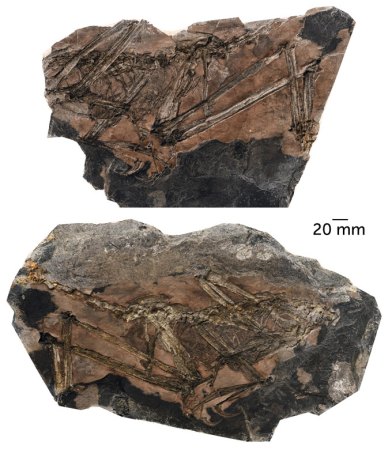This newfound birdlike dinosaur had surprisingly long legs
Fujianvenator prodigiosus may have run or waded in swamps

A newfound birdlike dinosaur called Fujianvenator prodigiosus (illustrated) may have lived on the ground in swamps, not high in the trees.
Chuang Zhao








